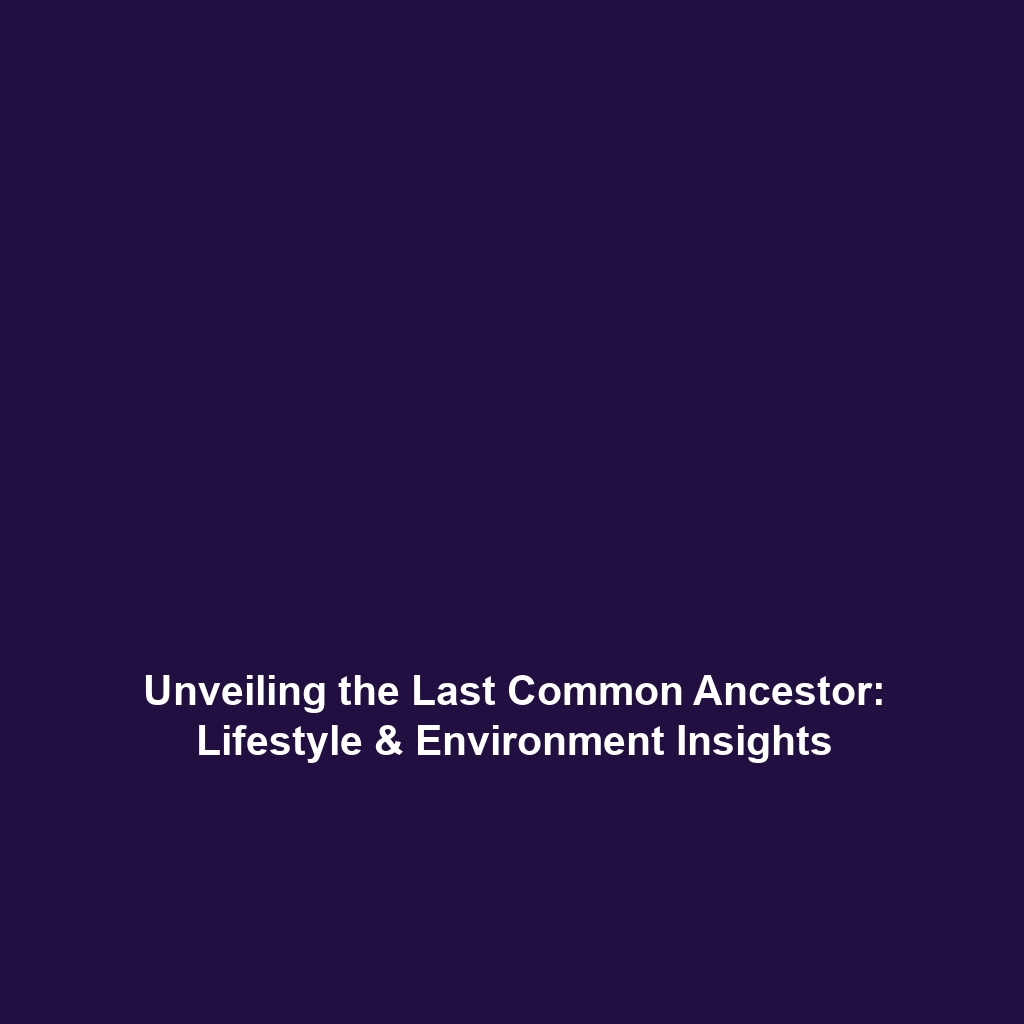Differences and Similarities: Neanderthals vs. Homo Sapiens
Introduction
The discussion of differences and similarities between Neanderthals and Homo sapiens is crucial in understanding the complex tapestry of human evolution. Neanderthals, known for their robust physical strength, contrasted sharply with the more intellectually sophisticated Homo sapiens who exhibited advanced tool-making capabilities and rich cultural practices. This article explores how these differences played a pivotal role in survival and evolution, contributing to the legacy of human development. By delving into these aspects, we gain insights into not just who we are, but how we came to be through the lens of evolutionary science.
Key Concepts
Physical Strength vs. Cognitive Advances
Neanderthals were physically powerful, adapted for survival in harsh environments. Their muscular build and ability to withstand cold made them formidable hunters. In contrast, Homo sapiens showcased superior cognitive abilities, allowing for the creation of more sophisticated tools and the development of complex social structures.
Cultural Practices and Tool Use
While Neanderthals utilized basic tools, Homo sapiens pioneered more advanced technologies, such as projectile points and hunting strategies. This cognitive edge facilitated better communication, art, and community organization, setting Homo sapiens on a different evolutionary path.
Applications and Real-World Uses
Understanding the differences and similarities between these two hominin groups provides valuable insights into human evolution and its applications in various fields:
- Anthropology: Offers a framework for studying human ancestry and social behaviors.
- Archaeology: Enables researchers to interpret artifacts and their implications for societal evolution.
- Medicine: Analyzing ancient genomes can shed light on modern human health issues.
Current Challenges
Despite advancements, studying the differences and similarities of Neanderthals and Homo sapiens presents several challenges:
- Access to complete and well-preserved fossil records.
- Interpretation biases in archaeological findings.
- Technological limitations in analyzing ancient DNA.
Future Research and Innovations
Future research is vital for understanding the interactions between Neanderthals and Homo sapiens. Emerging technologies such as:
- Next-generation sequencing: Allows detailed analysis of ancient genomes.
- 3D reconstruction: Aids in visualizing and interpreting fossil remains.
- Evolutionary theory advancements: Offers new models for human migration and adaptation.
These innovations pave the way for deeper insights into our evolutionary heritage.
Conclusion
In summary, the study of differences and similarities between Neanderthals and Homo sapiens illuminates crucial aspects of human evolution. From physical strength to cognitive advancements, these factors played decisive roles in survival and cultural progression. To further explore these themes, consider accessing related articles on Human Evolution and interspecies interactions. Join us in unraveling the complexities of our past and its implications for the future.




